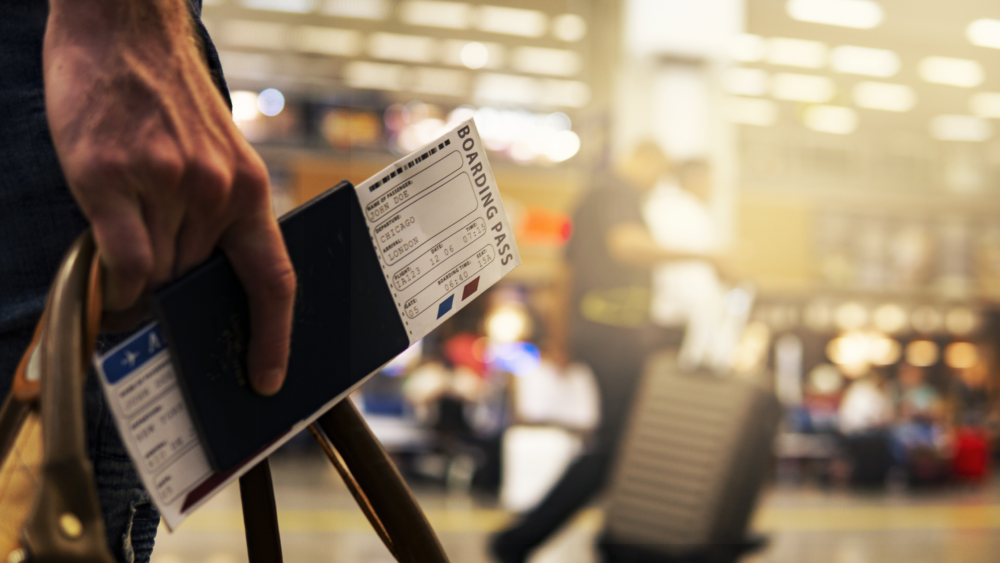
FAQ | Migration Matters
Upcoming changes to the Temporary Skilled Migration Income Threshold and 186 eligibility for Short Term (STSOL) visa holders.
While there will be multiple changes made to the skilled migration program prior to the end of 2023, one of the imminent confirmed changes relates to an increase in the minimum salary level for the Subclass 482 and 186 visas, effective from 1 July this year.
The Government has also confirmed that Subclass 482 visa holders in Australia who work in an occupation on the Short-Term Skilled Occupation List (STSOL) will become eligible to apply for a Subclass 186 Employer Nominated visa by the end of the year, subject to meeting all other eligibility requirements.
Our Frequently Asked Question (FAQs) provide some further clarification on both changes.
Increase in the Temporary Skilled Migration Income Threshold

Q | What does TSMIT stand for?
A |
TSMIT stands for Temporary Skilled Migration Income Threshold.
Q | What is the TSMIT increasing to and when?
A |
The TSMIT will increase to $70,000 base salary/guaranteed earnings per annum from the 1st July 2023. Employers will need to meet the new TSMIT of the annual market salary rate (AMSR), whichever is higher. Note that the TSMIT cannot include performance-based bonuses/commissions or any other monetary items which do not have a pre-agreed, guaranteed value.
Q | How does the TSMIT salary increase affect my employees?
A |
The TSMIT salary increase will impact your temporary sponsored employees in the following ways:
- If your employees are on existing temporary skilled visas and their current salary falls below the new TSMIT, there is no action required now however their salary would need to be able to meet this new level when it comes time for renewal of their TSS visas.
- It will affect the eligibility of employees to apply for a new TSS visa or employer sponsored permanent visa if their salary does not meet the new TSMIT threshold. If you are unable to pay this salary, then that sponsored employee will not be eligible for the TSS or employer sponsored PR visa.
Note that you would still need to ensure that any new salary aligns with the market rate for the occupation and there may be concerns raised by the Department in cases where a nomination references a salary of $70,000 however the external market rate indicates the usual salary in the broader Australian labour market would be less than this.
This may also be an issue for businesses governed by an enterprise agreement. The Government has indicated that there may be other options available for employers and occupations where the market salary rate is below $70,000, including potential development of more industry specific Labour Agreements and/or requesting a Company Specific Labour Agreement.
Q | When does the TSMIT salary increase come into effect?
A |
The TSMIT salary increase will take effect on and from 1 July 2023 and will apply to all new nomination applications lodged after that date.The TSMIT is also applicable to the Subclass 186 employer nominated permanent residence visa.
Q | Does the new TSMIT salary requirement apply to existing visa holders?
A |
The new TSMIT of $70,000 will apply to all new Subclass 482 and Subclass 186 nomination applications lodged on or after 1 July 2023. The Department has more recently confirmed that this new TSMIT figure will not be applied retrospectively to unfinalized nomination applications that have been lodged prior to 30 June 2023.
Employers need to remember also that the salary which is paid to a sponsored visa holder must also align with the salary provided to their Australian counterpart employees (that is, Australian employees performing the same role in the same location).
There is scope for a ‘usual range’ to apply to a position, where employers provide remuneration in line with the individual level of skills and experience held by each employee. Depending on the workforce composition however, there may be cases where an employer will need to consider an increase in the base salary for multiple employees, including Australian citizens and permanent residents, to ensure consistency. In these cases, employers may wish to consider renewing any relevant 482 applications, and submitting new nomination applications, ahead of 30 June in cases where they may need more time to consider the cost implications of any broader uplifts required. In some cases, this may require completion of Labour Market Testing, so these actions should be taken now.
STSOL visa holders: change in eligibility for the Subclass 186 visa

Q | When will this come into effect?
A |
The Department has confirmed that all STSOL visa holders will be able to apply for an employer nominated Subclass 186 permanent residence visa under the Temporary Residence Transition (TRT) stream by the end of 2023.
Q | What if my employee is on their second TSS visa and this is due to expire before then? Will they still need to go offshore?
A |
No, the Department has also confirmed that the current restrictions placed on STSOL visa holders will be temporarily removed. This means that STSOL visa holders can now apply for a third 482 visa without needing to depart the country.
Q | What about the age limit on these visas – will it increase?
A |
The Department has not yet indicated any changes to the current 45 year age limit although substantial lobbying continues to occur in relation to this, with a view that returning to an upper age limit of 50 would be beneficial for multiple reasons. We do not expect any announcements around this until later in the year.
Q | How long does my STSOL worker have to work in the position before they can apply for the 186?
A |
Under the TRT stream and current legislation, primary sponsored Subclass 482 visa holders must work for their same sponsoring employer for at least three years before a 186 application can be lodged. The Department has confirmed however that this qualifying period will also be reduced by the end of the year to only require two years of full-time employment.
We will continue to provide updates as they become available.
If you need help navigating the upcoming TSMIT changes or would like advice on eligibility for the Subclass 186 visa for your existing STSOL visa holders, please get in touch.

